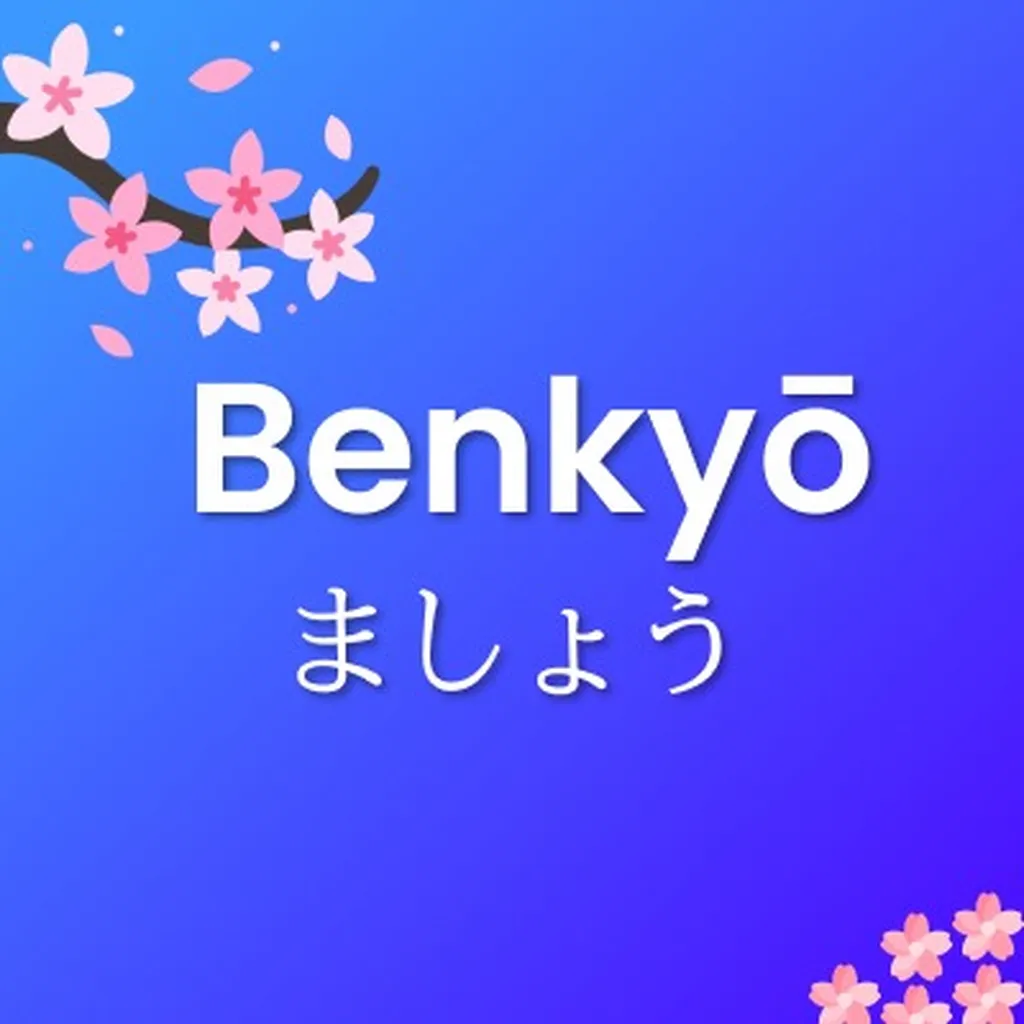可愛い
かわいい
cute, adorable
i-adjective
Conjugation Table
Present
可愛い
Negative
可愛くない
Past
可愛かった
Past Negative
可愛くなかった
Te Form
可愛くて
Adverbial
可愛く
Conditional
可愛ければ
Presumptive
可愛いでしょう
Example Sentences
あの猫はとても可愛いです。
That cat is very cute.
Ano neko wa totemo kawaii desu.
昨日、可愛い服を買いました。
Yesterday, I bought cute clothes.
Kinou, kawaii fuku wo kaimashita.
この犬は可愛くないですね。
This dog is not cute, is it?
Kono inu wa kawaikunai desu ne.
Grammar Notes & Usage Tips
•Basic Conjugation**: Since 可愛い (かわいい) is an i-adjective, remember to drop the final い to form the negative, past, and past negative: 可愛くない (かわいくない) for "not cute," 可愛かった (かわいかった) for "was cute," and 可愛くなかった (かわいくなかった) for "was not cute."
•Using with Nouns**: When you want to say "cute [noun]," just place 可愛い before the noun, like 可愛い猫 (かわいいねこ) for "cute cat." No need for particles in between!
•Comparing Cuteness**: To compare cuteness, use the particle より with 可愛い. For example, その犬はこの猫より可愛い (そのいぬはこのねこよりかわいい) means "That dog is cuter than this cat."
•Adverbial Form**: If you need to use 可愛い as an adverb, change it to 可愛く (かわいく), like in 可愛く笑う (かわいくわらう), which means "to laugh cutely."
•い-adjective: Conjugates by changing the い ending
